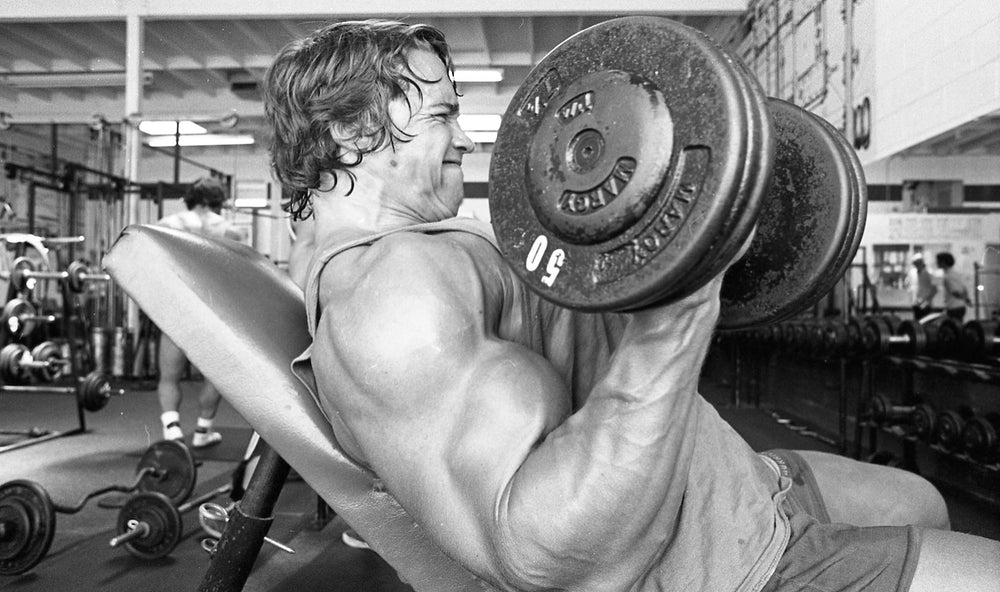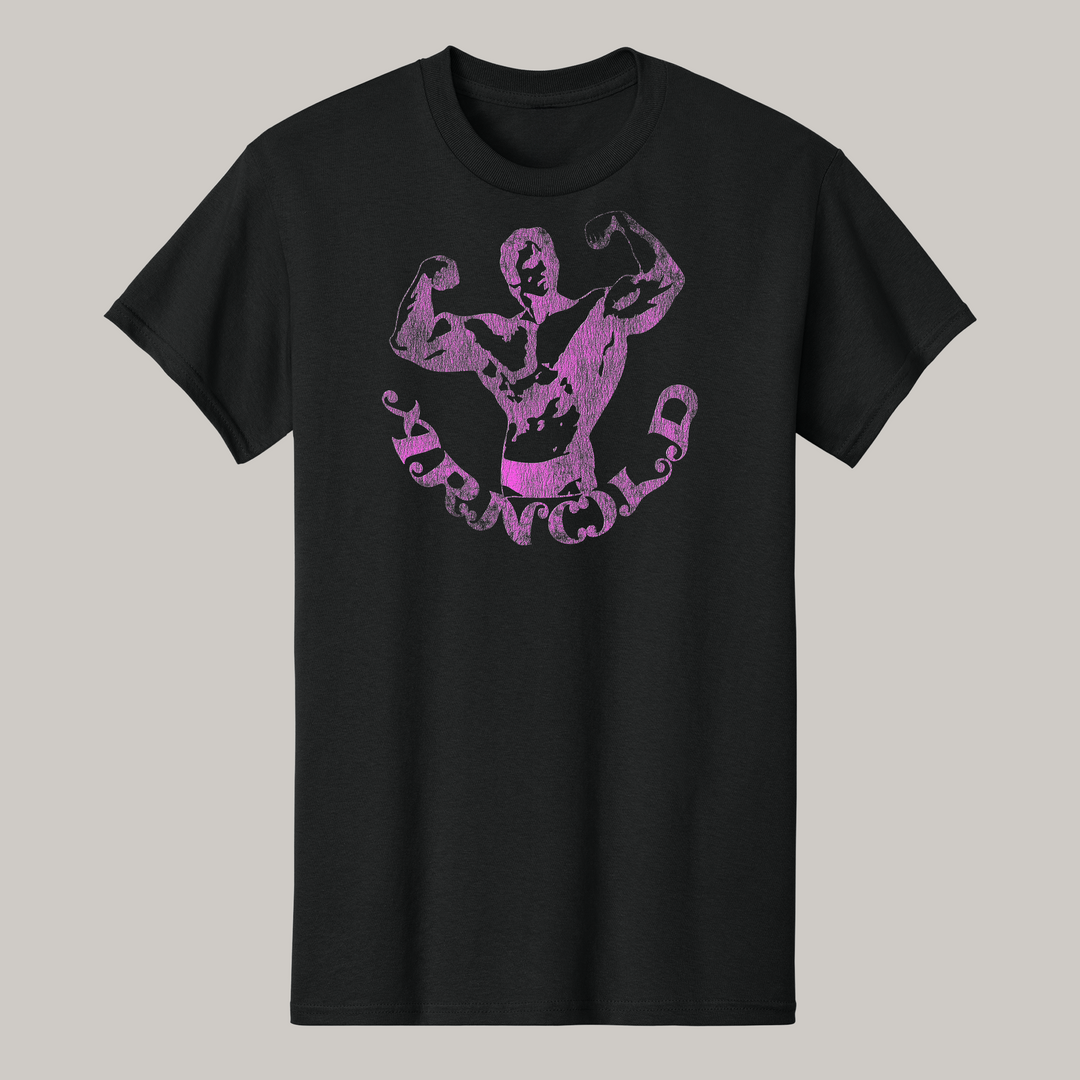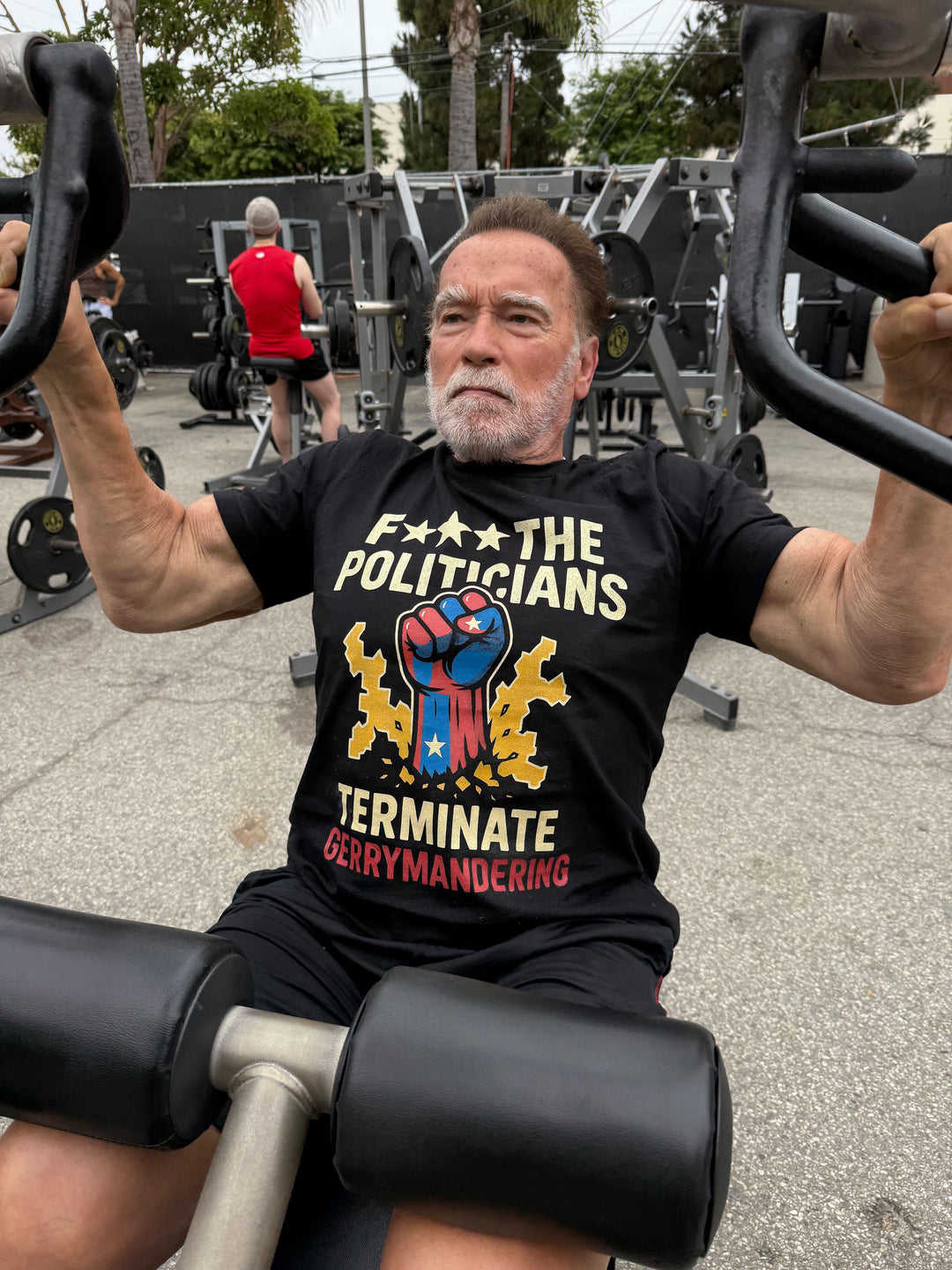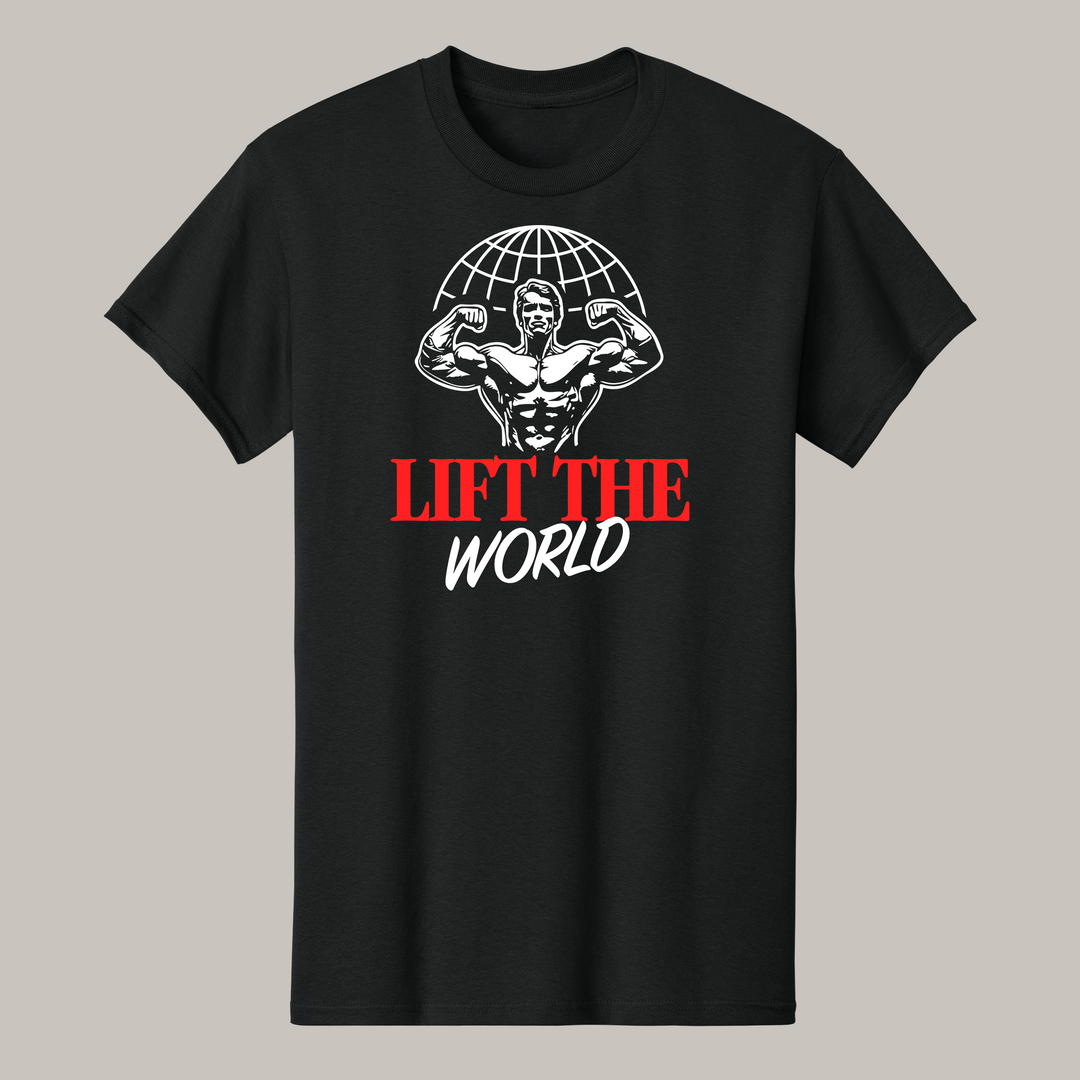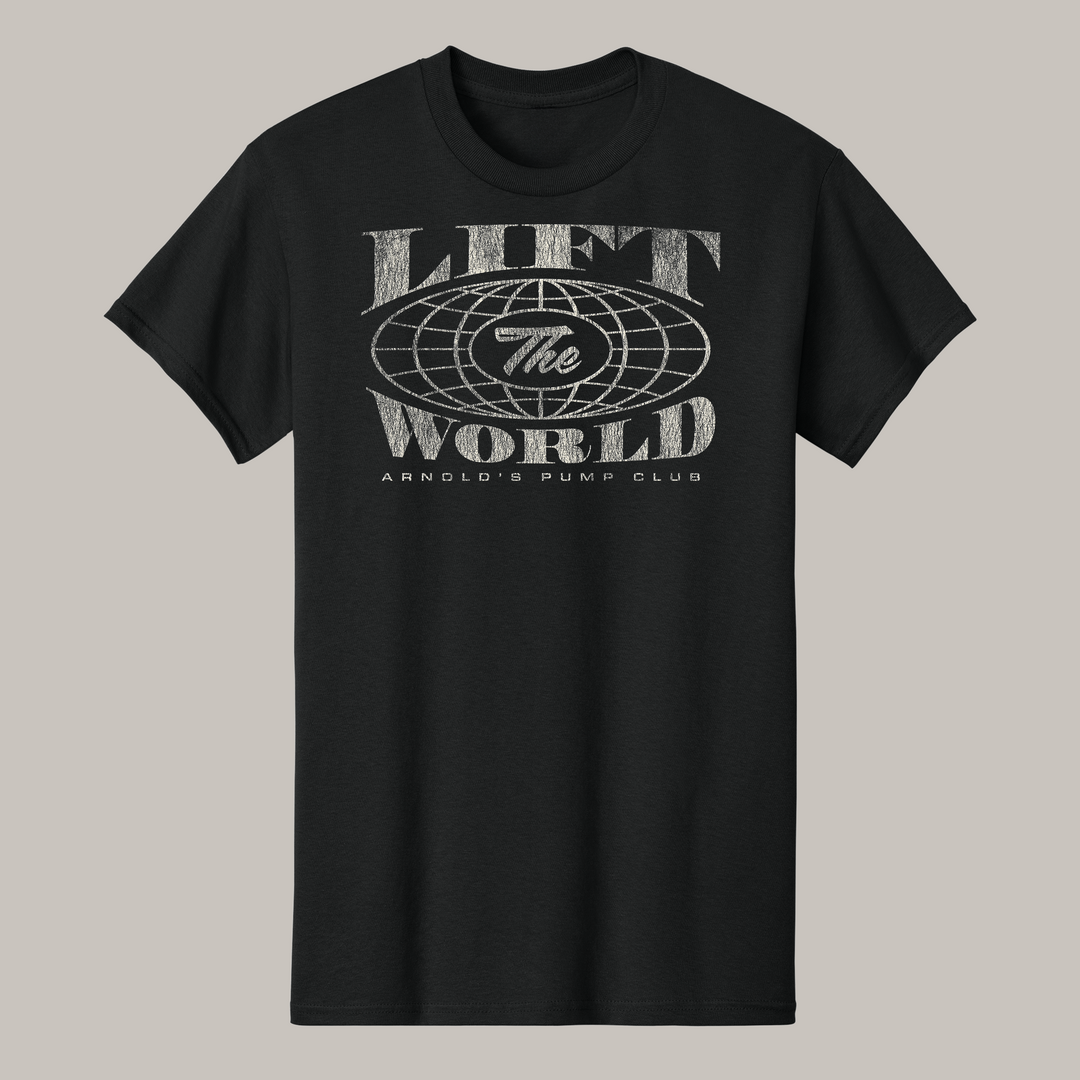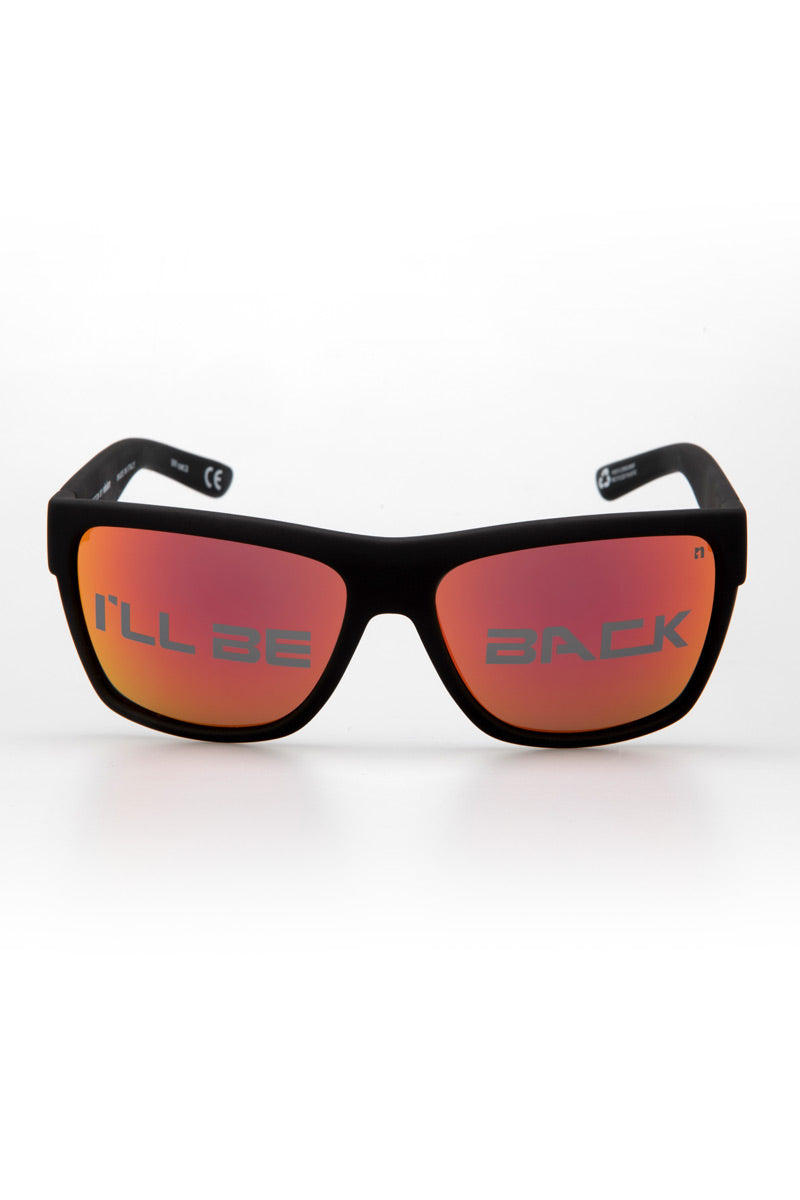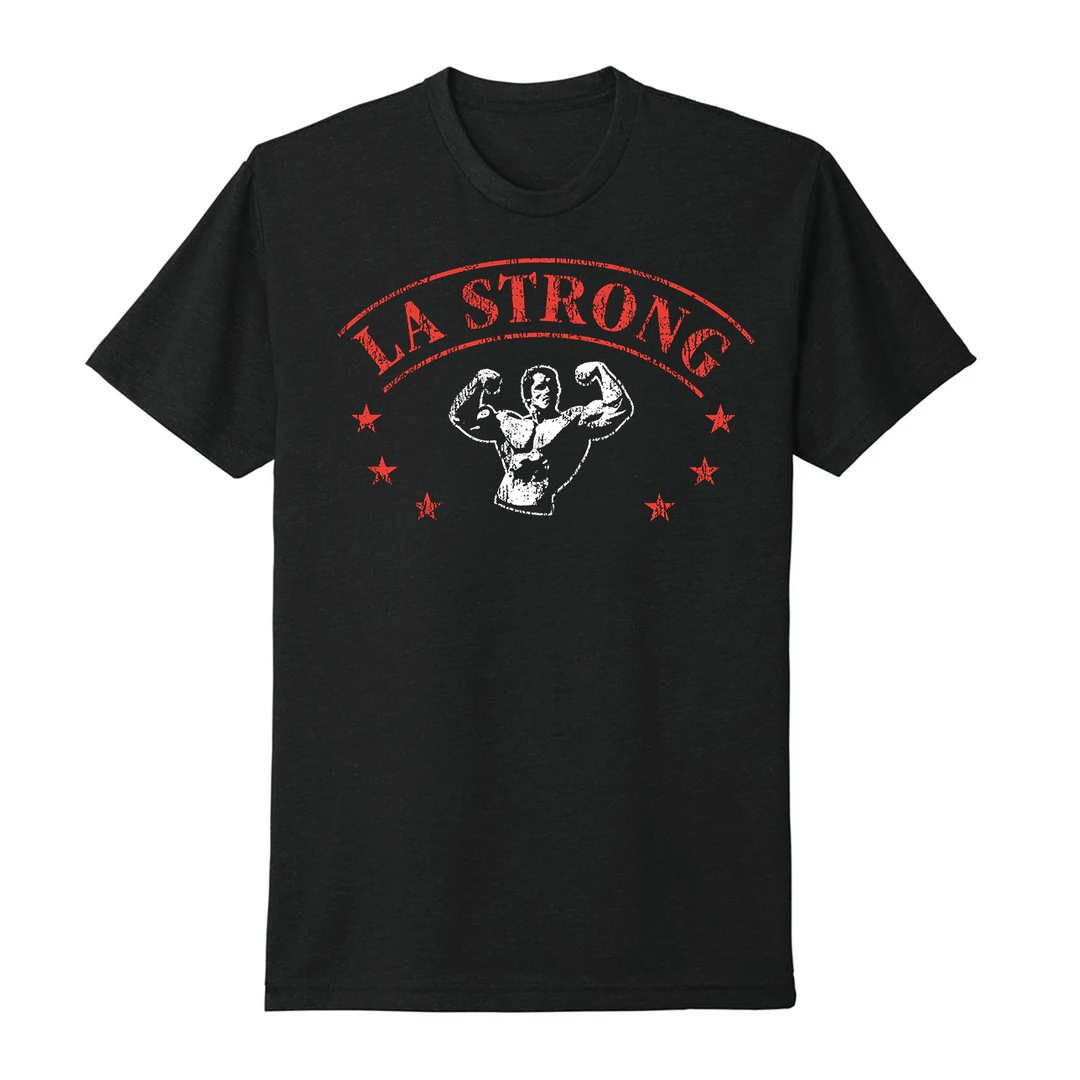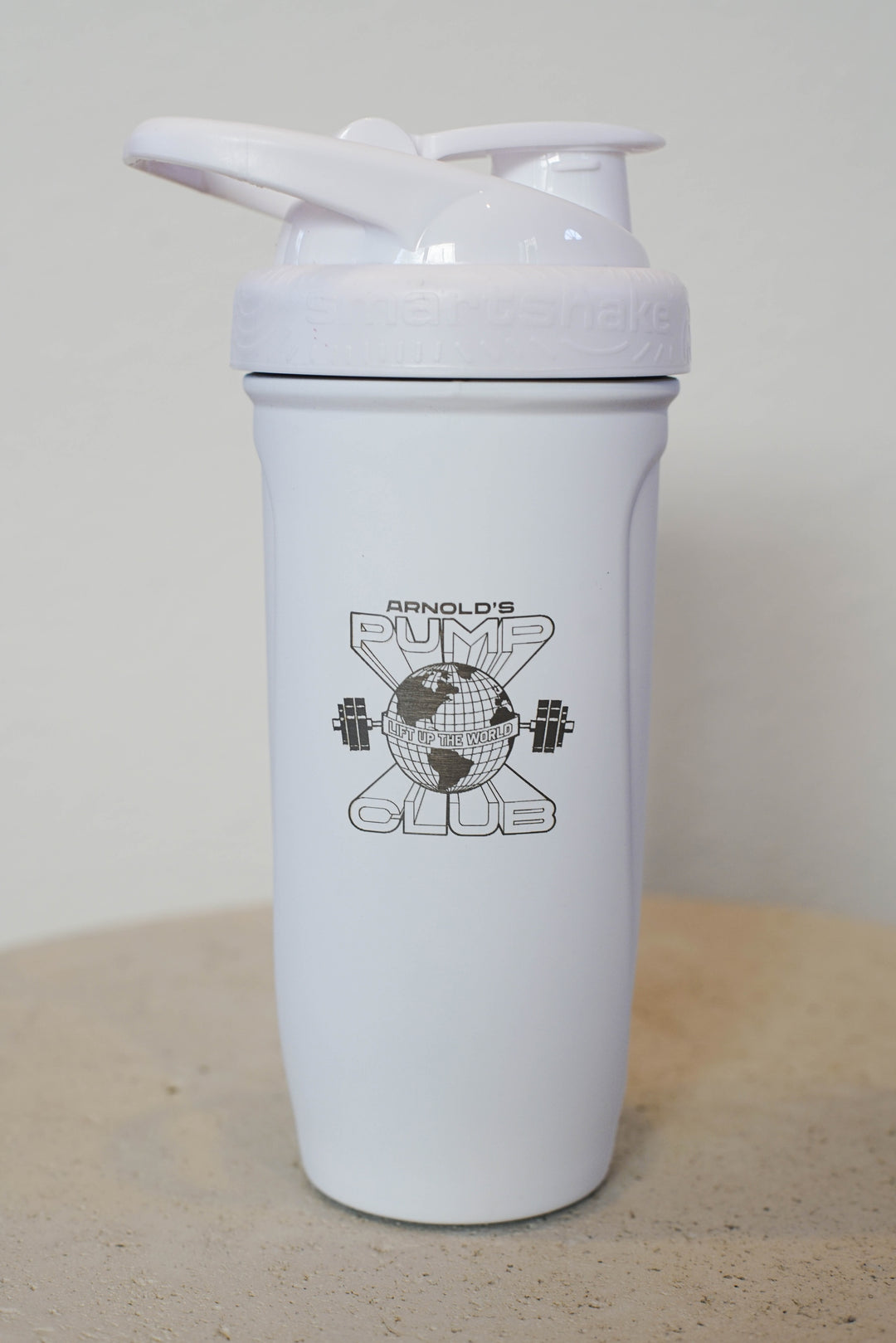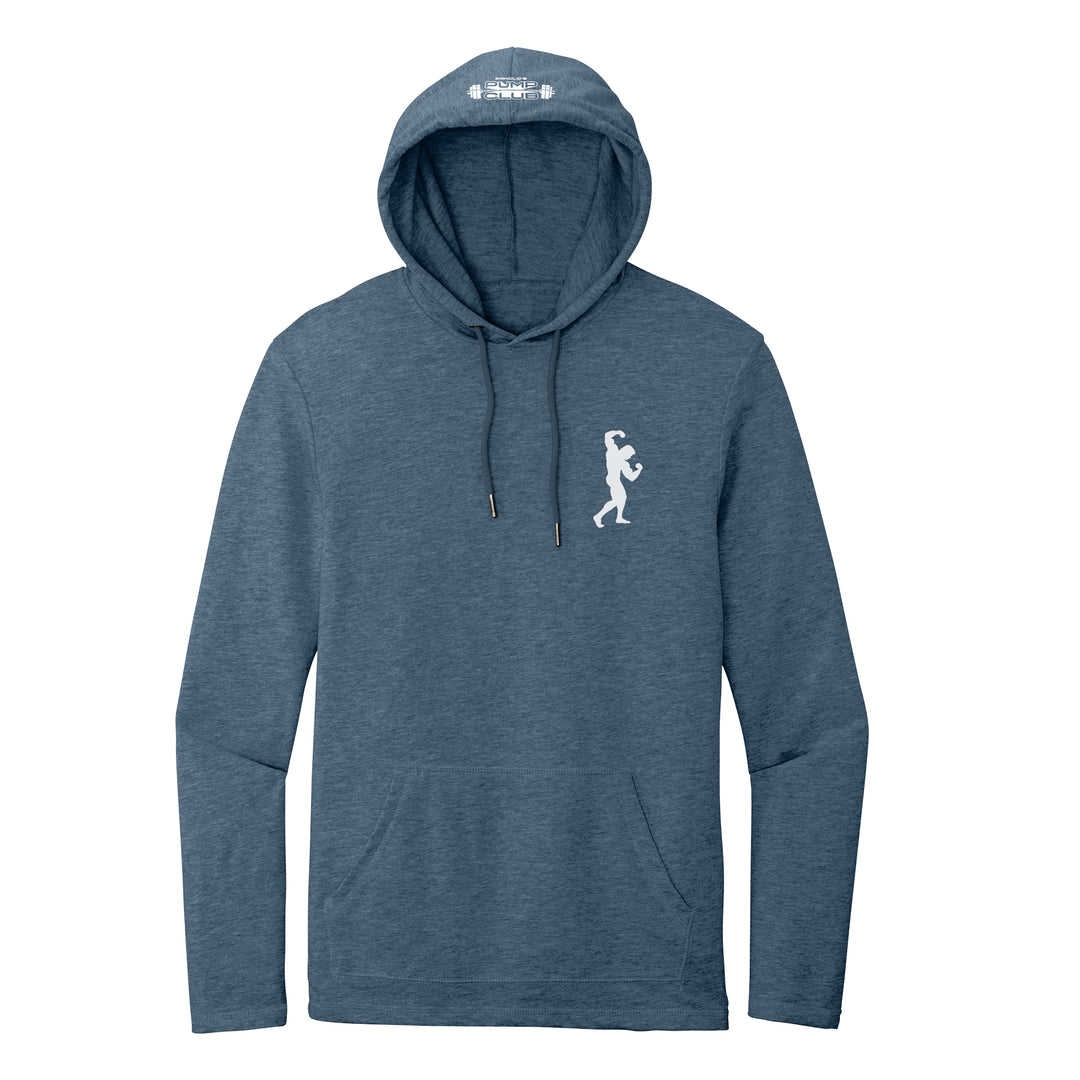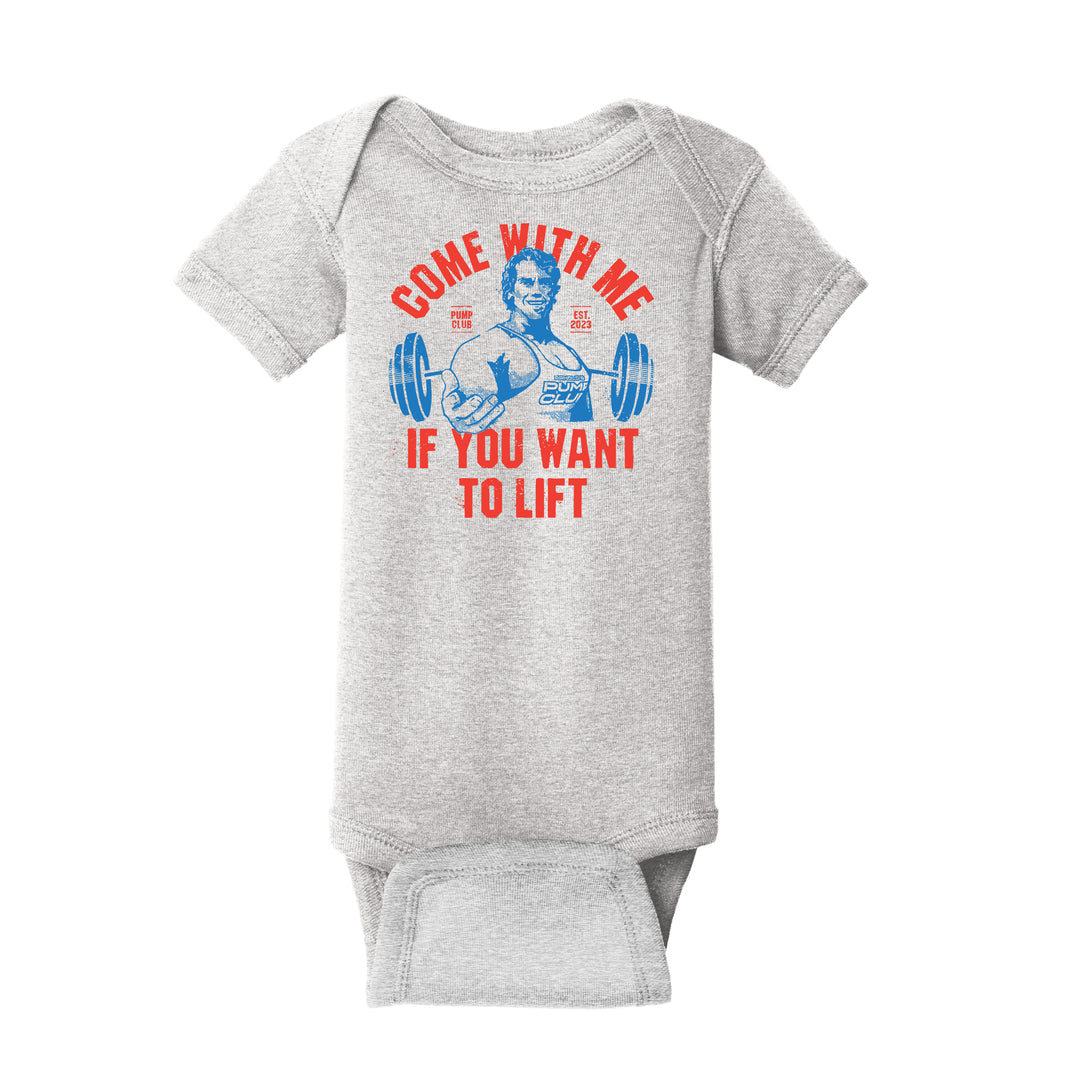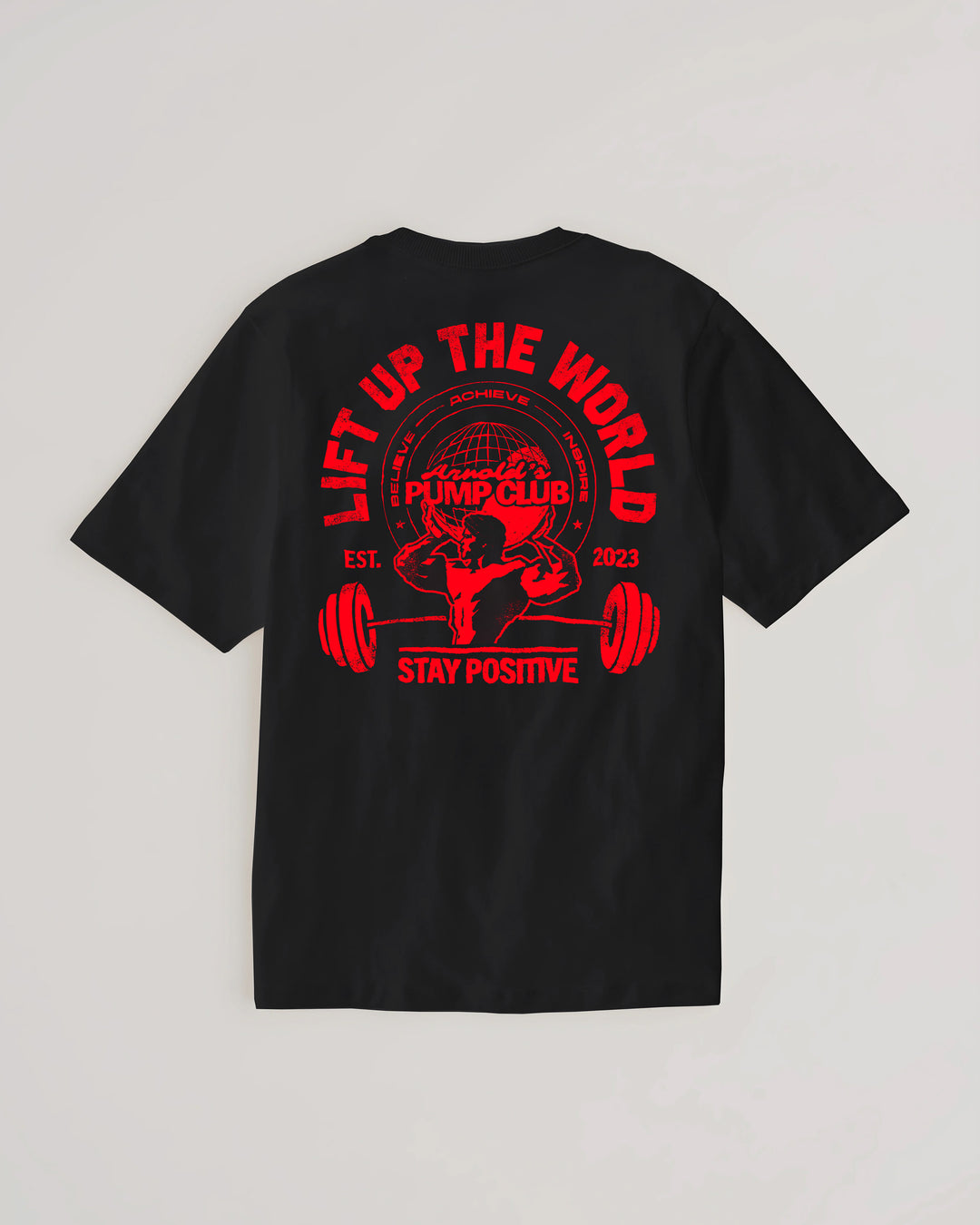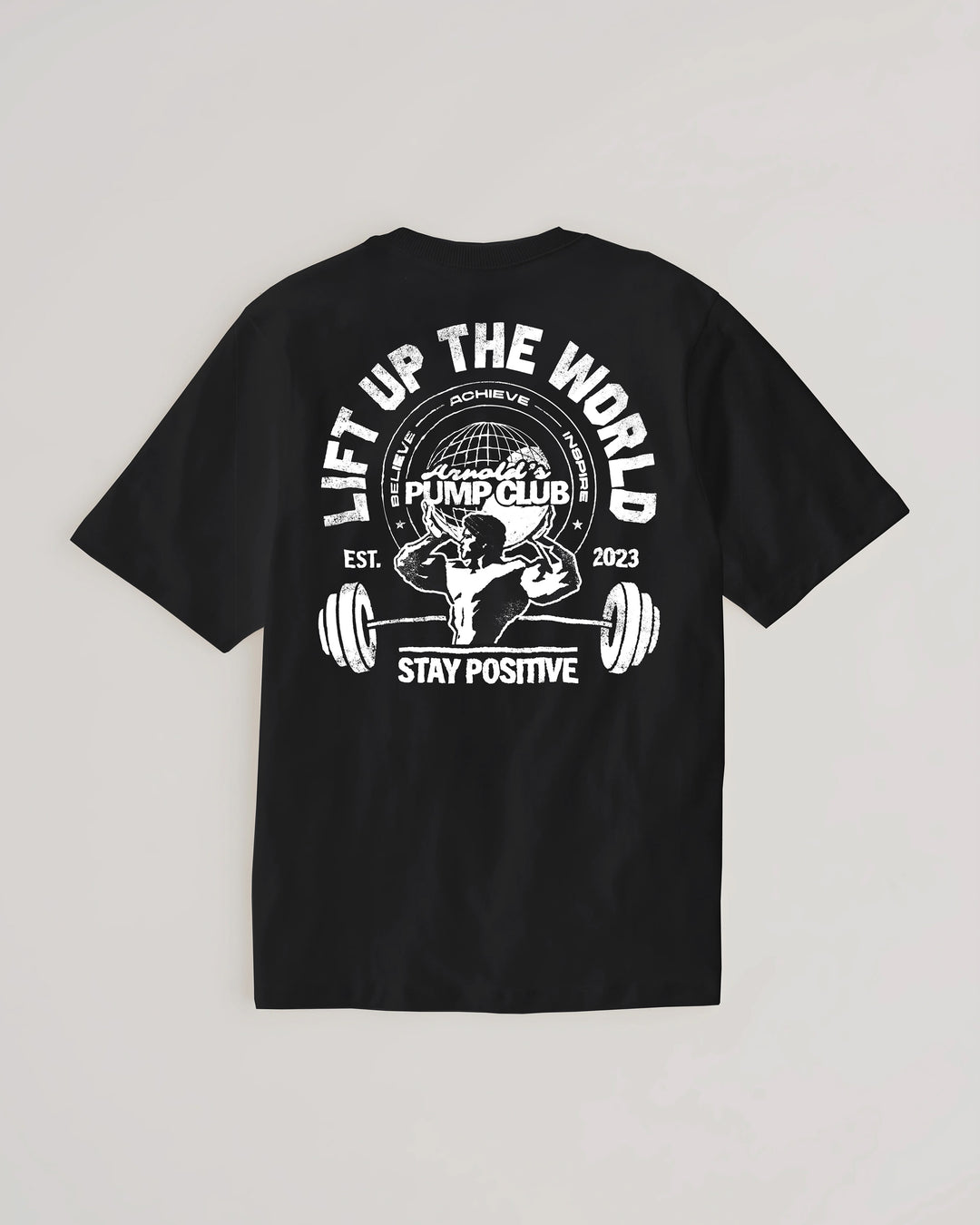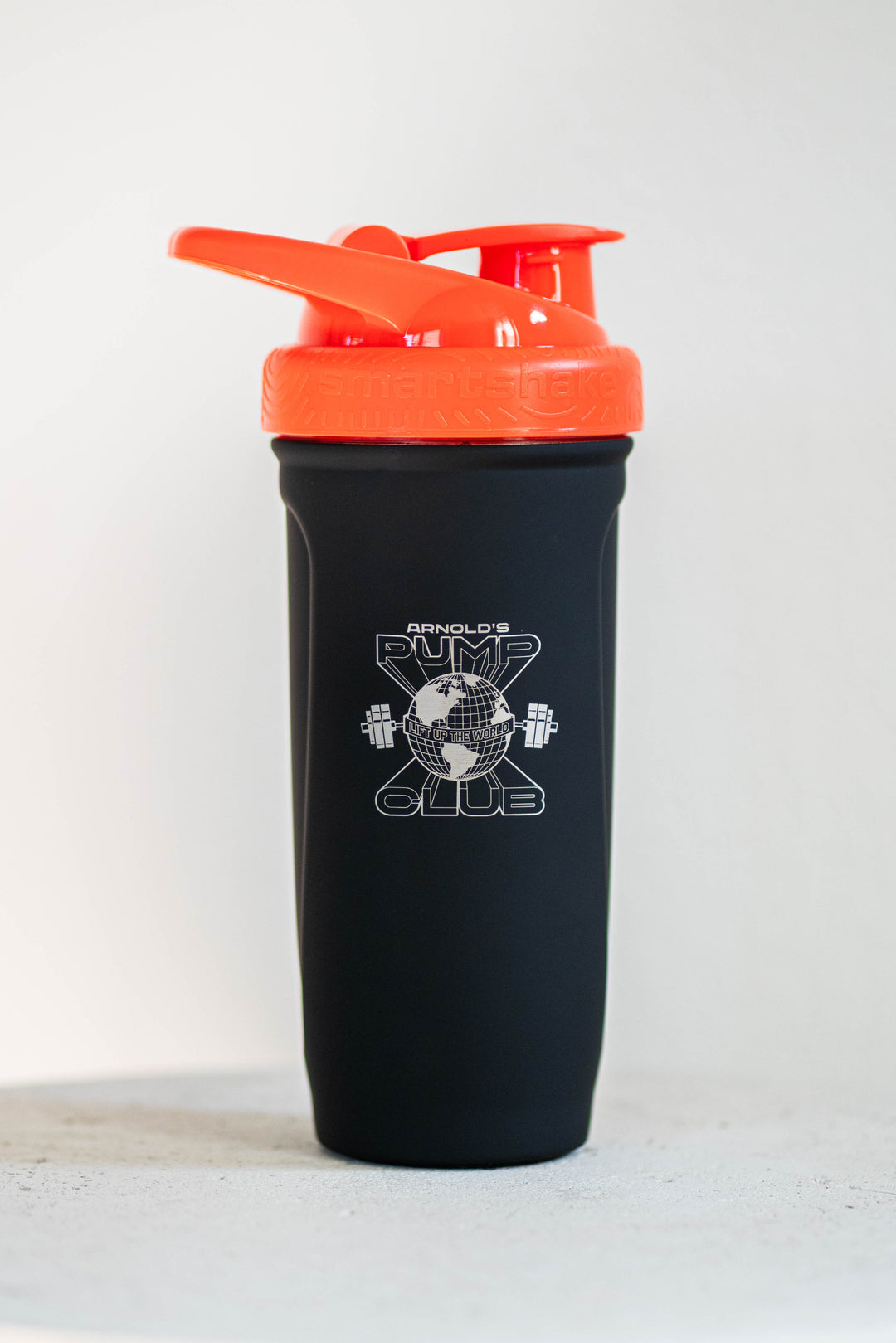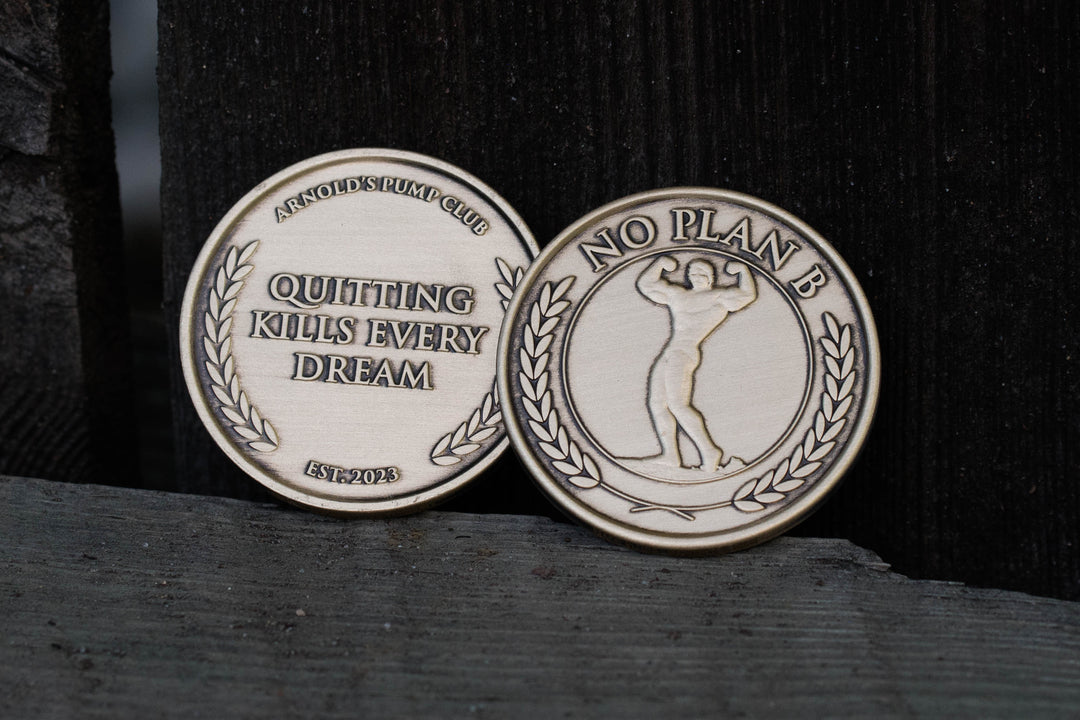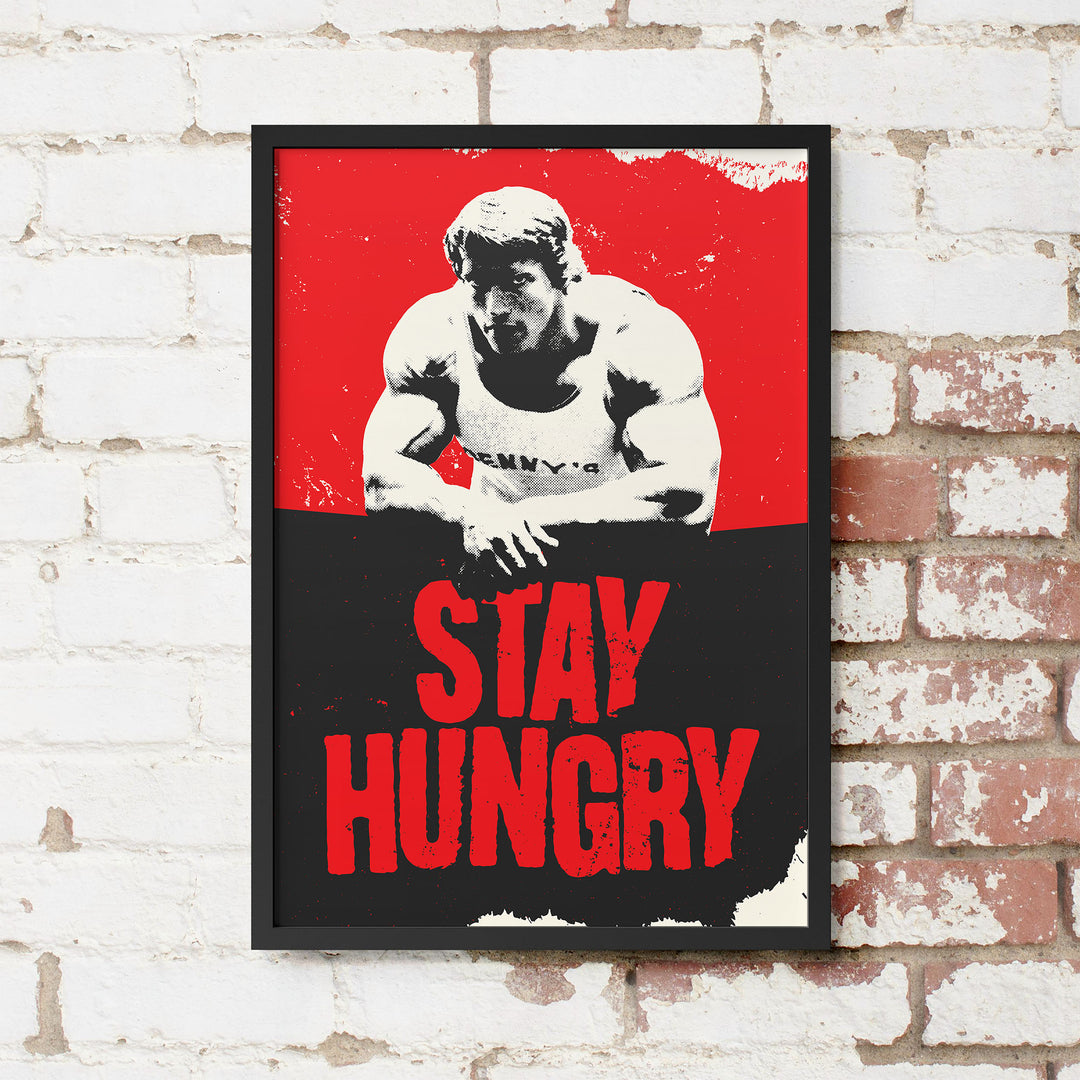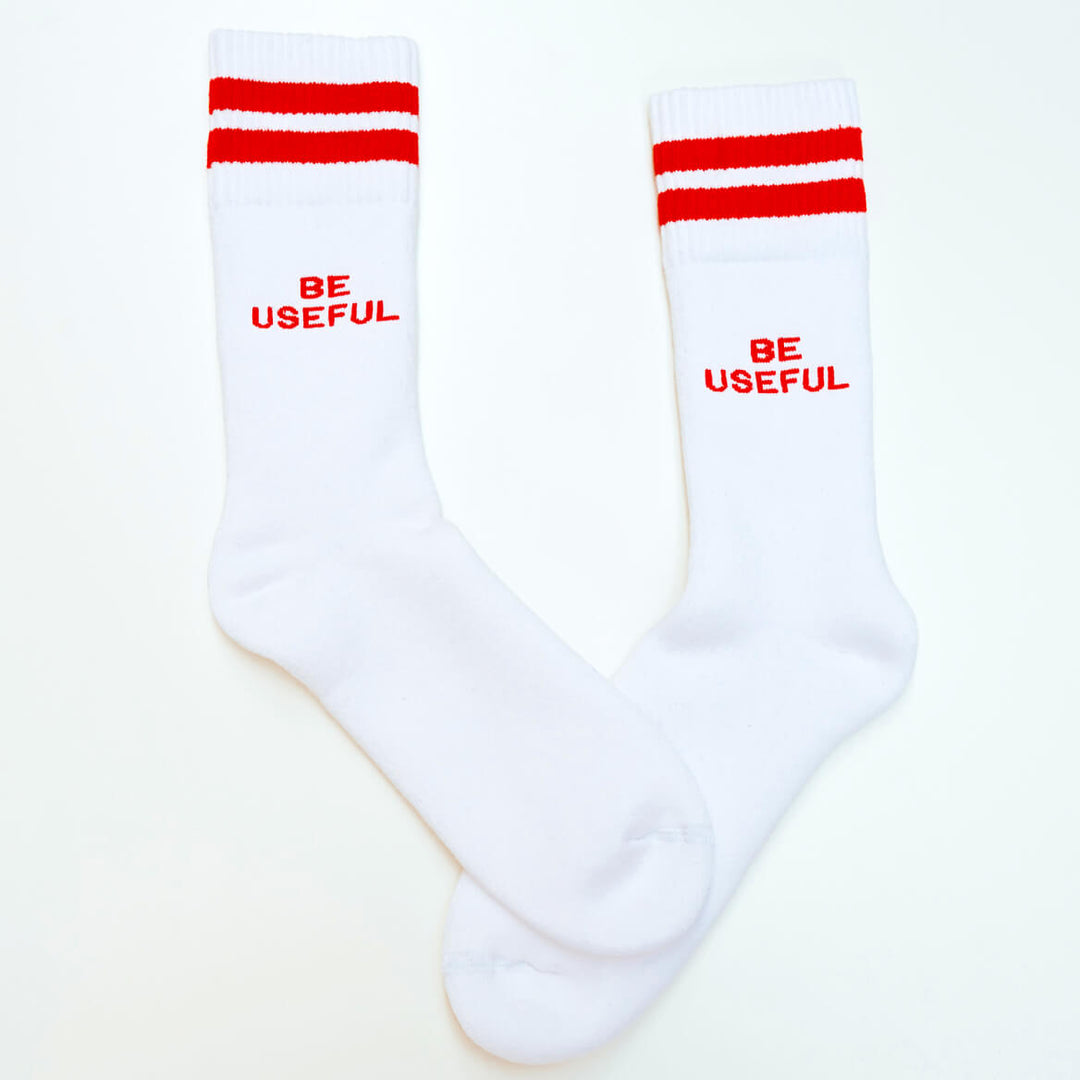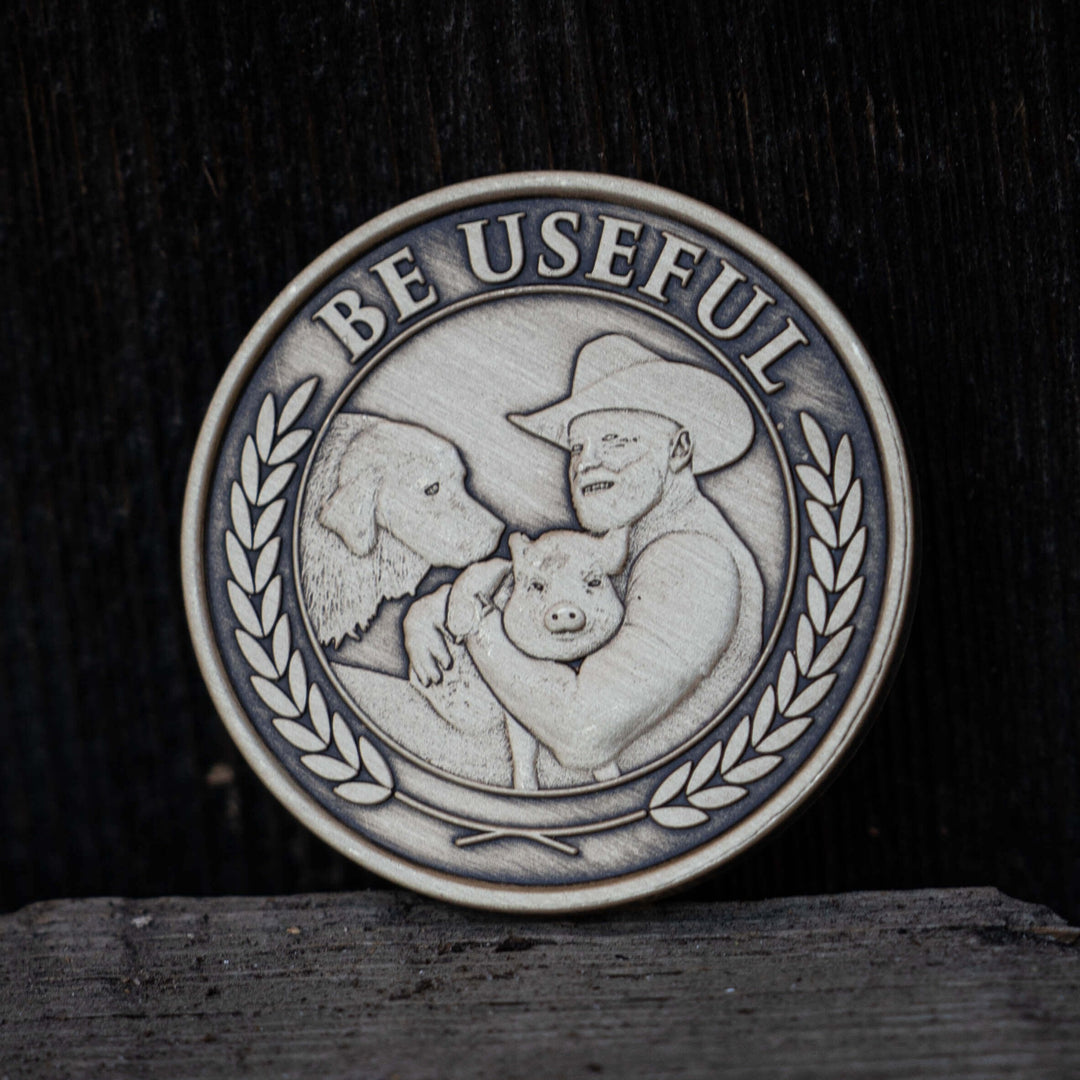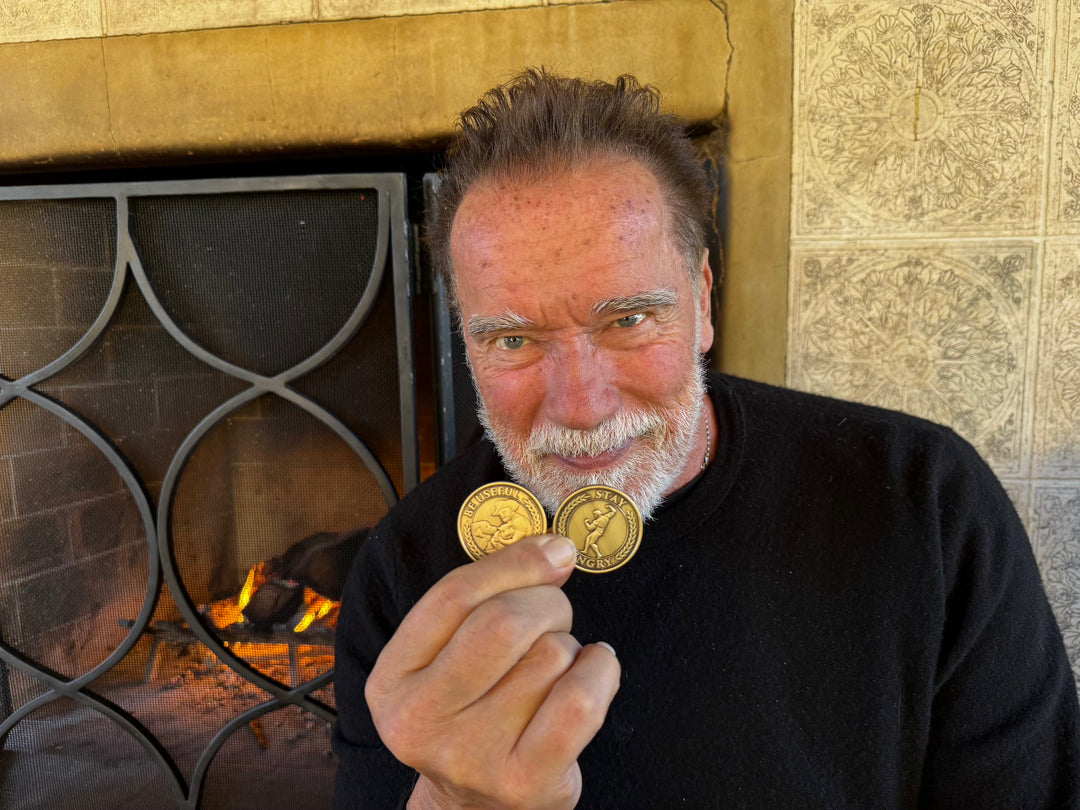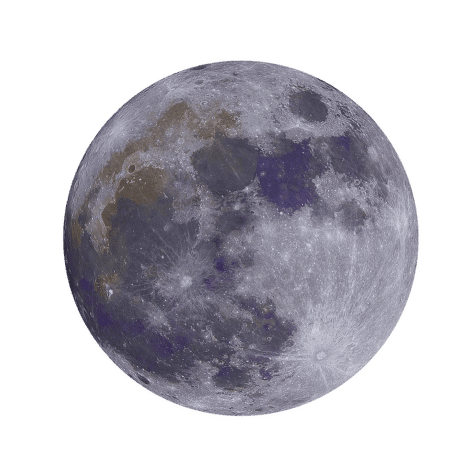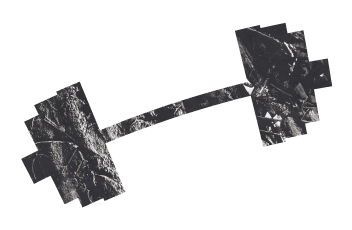Welcome to the positive corner of the internet. Every weekday, we make sense of the confusing world of wellness by analyzing the headlines, simplifying the latest research, and offering quick tips designed to make you healthier in less than 5 minutes. If you were forwarded this message, you can get the free daily email here.
Today’s Health Upgrade
One Great Idea
Arnold’s Podcast
Want more stories from Arnold? Every day, Arnold’s Pump Club Podcast opens with a story, perspective, and wisdom from Arnold that you won’t find in the newsletter. And, you’ll hear a recap of the day’s items. You can subscribe on Apple, Spotify, Google, or wherever you listen to podcasts.
One Great Idea: Is Outdoor Exercise The Holy Grail Of Fitness?
Editor’s Note: We’re lucky to interact with and learn from many of the world's most brilliant scientists, journalists, and thinkers. So, we wanted to test out a new format called, “One Great Idea.” This won’t replace the regular Pump Club posts, but we’ll occasionally feature ideas that could lead to life-altering improvements. Since we now reach more than 800,000 people, this has become a growing platform for spreading positivity and productive change and making you all a little better every day. If you know someone with One Great Idea, tag @schwarzenegger and @arnoldspumpclub on social media and let us know who we should feature.
Today’s post is from Michael Easter, the modern-day Hunter S. Thompson of wellness. Easter immerses himself in the most remote places, cultures, and activities to help find the stories that matter and deliver practical health tips that work. This week, we asked him to explore the underrated benefits of outdoor exercise. If you want more from Michael, we highly recommend his fantastic newsletter, TWO PERCENT. His book, The Comfort Crisis, is also this month’s pick in The Pump book club. He will do a Q and A with the village in The Pump app at the end of the month once everybody has finished reading it!
—
I love the gym — always have, always will.
But over the last handful of years, I’ve shifted more of my workouts to the outdoors.
New science is showing that exercise in nature has many slight edges over indoor exercise — making it powerful for improving your fitness, healthspan, and lifespan.
The benefits of outdoor exercise likely go back to how humans evolved: To survive, our ancestors hunted, gathered, and moved across an unforgiving landscape, lifting and carrying heavy things all day. One estimate suggests ancient humans were 14 times more active than us moderners.
While reporting The Comfort Crisis, I spoke with David Raichlen. He’s an anthropologist at the University of Southern California.
He has a traditional lab at the University. But most of his work occurs in the field, in far-off places, working with some of the last remaining hunter-gatherers.
Raichlen asks big questions about exercise. Like: How did exercise shape early human beings, and how can that guide us today?
He told me that humans split off from chimps and began hunting and gathering somewhere between 13 and 4 million years ago (I realize that’s a somewhat ludicrous range, but cooking up a species that takes over the world and invents amazing technology like spaceships, iPhones, and Pop-Tarts takes time).
Our role as hunter-gatherers changed and shaped us. Our chimp predecessors were relatively lazy. Humans, on the other hand, had to be extremely active to survive.
Our bodies adapted to this higher level of physical activity to maintain the health of all of our organ systems. Not just our heart and lungs and muscles—everything. Especially our brains.
“Hunting and gathering are not only physical acts, but also cognitive acts,” Raichlen told me. As people hunt and gather, they’re not just covering ground and carrying stuff. They’re also running all sorts of calculations in their head. For example:
Figuring out how they should pace themself in the heat.
Determining when to dial up and back their effort during a pursuit.
Noticing details in the environment like disturbed ground or a bent branch to track the animal.
Reading and even smelling the land to determine where food is.
Building a mental map of where they are in a vast landscape.
And this mental work still matters today. “When you combine physical acts with cognitive acts, it tends to have a really beneficial effect on the brain,” said Raichlen. It’s likely one reason that people who exercise outside more tend to age far better.
“For example, older Hadza still contribute food and resources; they age very successfully,” he said. “They often have the same level of physical activity in their 70s as they did (in their 30s).”
The average Hadza walks 5.5 to 10 miles over rough ground as they hunt and gather. They don’t seem to get age-related brain and physical diseases like dementia and heart disease.
After the Industrial Revolution, our jobs became more sedentary. So to stay healthy, we created gyms to gain back the exercise that was once part of everyday life and survival.
Yet we lost something when we moved our exercise into roofed, temperature-controlled, comfortable environments.
The simple act of running and rucking outdoors on a trail or even doing a bodyweight or kettlebell workout in a park mimics how we evolved to move. And it might work miracles. Here are a few upgrades you can expect when you step outdoors
Outdoor Exercise Works Your Body In Different — And Possibly Better — Ways
One study found that running, rucking, or walking on rough and uneven ground burns up to 28 percent more calories compared to roads and treadmills. That’s because trails have steeper climbs and descents, more obstacles, and more.
Outdoor Exercise Stimulates And Protects Your Brain
Picture running on a treadmill: You choose your speed then zone out. It’s the mental equivalent of addition and subtraction.
But running, rucking, or walking outdoors is more like multivariable calculus.
I’ll use my experience running the Mojave Desert trails near my home as an example.
As I run, the rocky ground forces me to play something like moving Tetris.
With each step, I must quickly angle and land my feet in slits of flat ground between serrated rocks, pivot on loose dirt, sidestep spiny cacti, or hurtle tiny cliffs.
I also have to consider how I’ll pace myself based on the weather conditions, gradients, and more.
This combination of mental and physical effort may stave off aging and mental decline, according to researchers at the University of Southern California.
“When you combine physical acts with cognitive acts, it tends to have a really beneficial effect on the brain,” the lead researcher David Raichlen told me.
Outdoor Exercise Supercharges Your Mental Health
All exercise can fight anxiety and depression.
But scientists in the UK recently analyzed 26 studies on how exercise in nature compares to exercise in a city or indoors. Their takeaway:
“Physical activity undertaken outdoors in natural environments is more beneficial for a range of psychological outcomes compared with urban environments.”
Other research shows that time outdoors improves everything from physical and mental health to attention and focus. Even 20 minutes helps.
The takeaway isn’t to ditch the gym. Keep hitting the weight rack — hard. But also take some of your workouts into the great outdoors.
If you want more from Michael, subscribe to TWO PERCENT or pick up his book The Comfort Crisis. Remember, later this month, all members of The Pump app will have access to a Q&A with Michael to discuss what he learned writing The Comfort Crisis and how you can find ways to embrace discomfort to reclaim your happy, healthy self.
—
Publisher: Arnold Schwarzenegger
Editors-in-chief: Adam Bornstein and Daniel Ketchell


